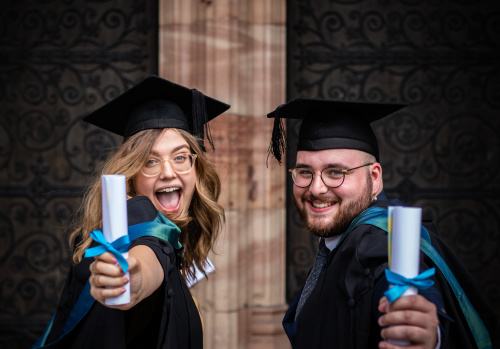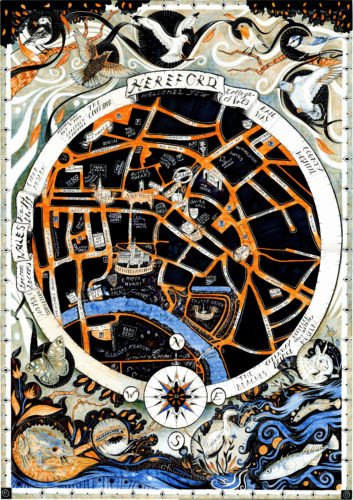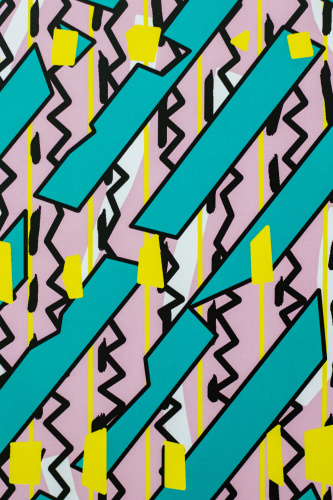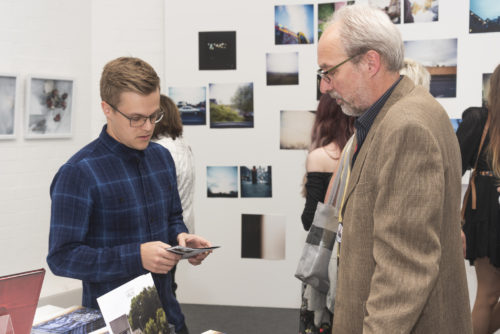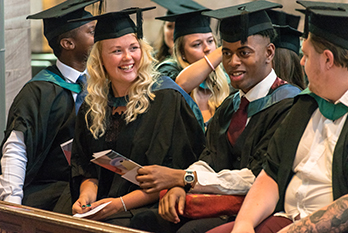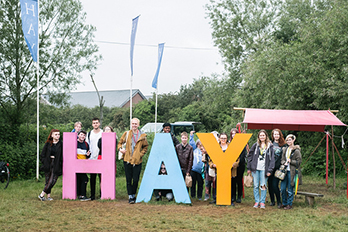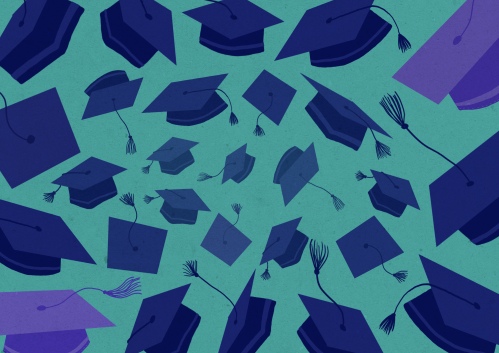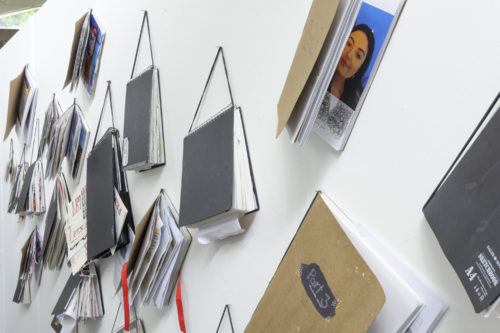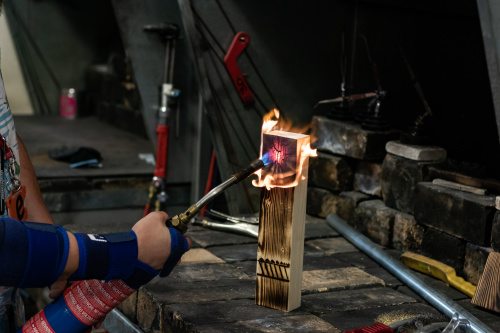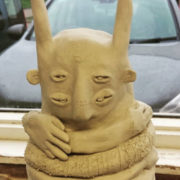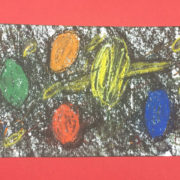Creating our theory of employability with #cclasses
Published on 28.04.16
What an amazing morning! A huge thank-you to all students involved today. It was a real pleasure to be working at the very edge of digital teaching with you all. Here we are, setting up for the session: This was our first connecting class and I’m pleased to say that despite a few nerves at
Categories
What an amazing morning! A huge thank-you to all students involved today. It was a real pleasure to be working at the very edge of digital teaching with you all. Here we are, setting up for the session:

This was our first connecting class and I’m pleased to say that despite a few nerves at the start it was a great experience – although I’m quite looking forward to hacking the methodologies later on and we had some ideas about that.
The question for our session was Leszek’s ‘Where’s the bread and butter’. We looked at ideas of employability in the visual arts and the kinds of qualities one might gain from an arts education – and how those can support the qualities needed to thrive in the world beyond art college.
You can see everyone tweeting their notes below. This was a very odd feeling for an educator who is used to talking and discussing ‘live’, but I managed to not interrupt anyone (just).

Lots of tweeted notes during the session (35+) and the conversation continues. I’m also looking forward to reading student blogs – I’ll post links to these here.
The main themes identified in the notes were that internal qualities and the ability to network/communicate are extremely important. We built on this for our ‘live’ discussion, where we discussed our notes, and, to my great delight, created ‘The bread and butter theory of employability in the visual arts’.
And, you know, I think it works really, really well. In the intersections between the key identified areas of ‘Communication, Quality and Opportunism’ exists the maker, and we interrogated the characteristics the maker would need. These included the need to be critical, reflective, self-aware, self motivated, confidence, organised, committed and ethically aware.


I know that students from different areas are going to go away and contextualise this diagram in the light of their own areas. However we felt that the basic diagram was supportive to all of the arts, and that the internal bias in characteristics needed for the ‘maker’ would shift according to curriculum area rather than these three key ideas. I can’t wait to see what people create, and here’s one by Andrew Graham, illustration student:

You can see the video we watched below:
https://www.youtube.com/watch?v=-sc7wnoflHo
And our class reflections on the practicalities of this teaching methodology are as follows:
- it’s more important than you think to have two devices
- a large screen at the front of the class might have worked better
- the methodology could be adapted to capture information regarding links between notetaking and video content – supporting educator reflection as to which parts of their content were most engaging
- For those with professional twitter followings, we need to warn them that the writer will be participating in a live classroom
You can see the storify I created here (this does not include all tweeted content during the session, simply those tweets I pulled out):
Again, huge thanks to all participants today. Our next session will consider how far augmented reality might impact on the visual arts practitioner.
Sarah
